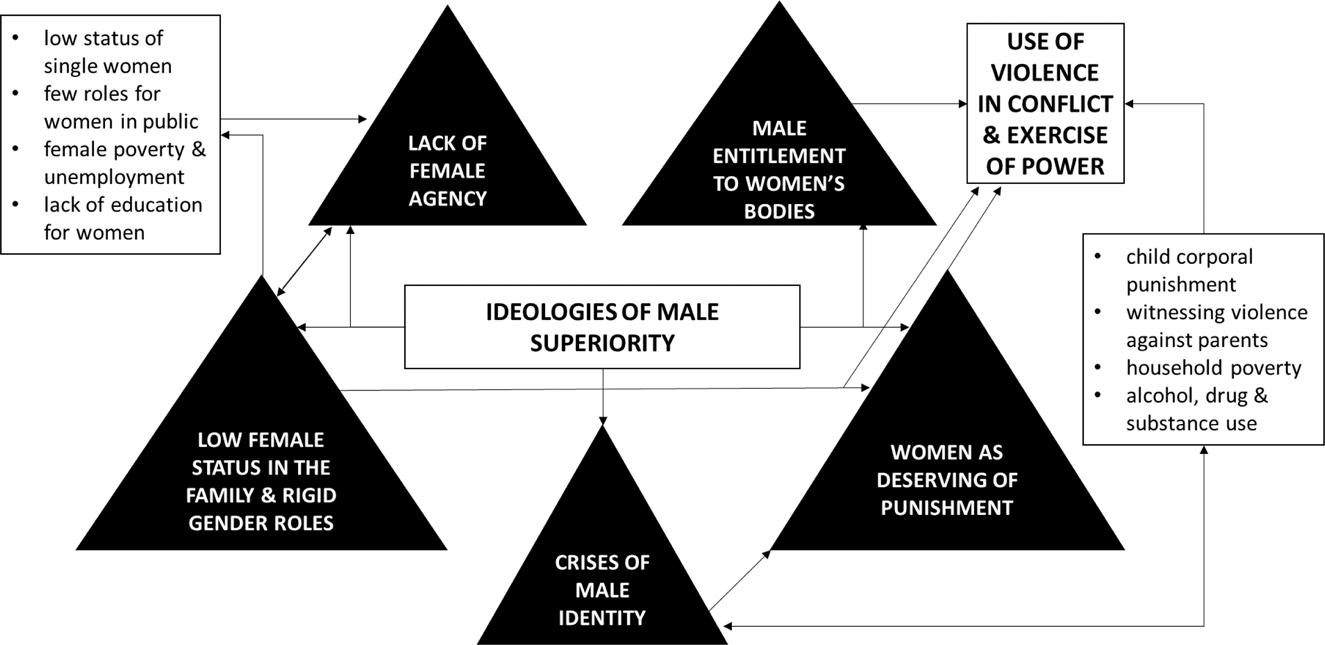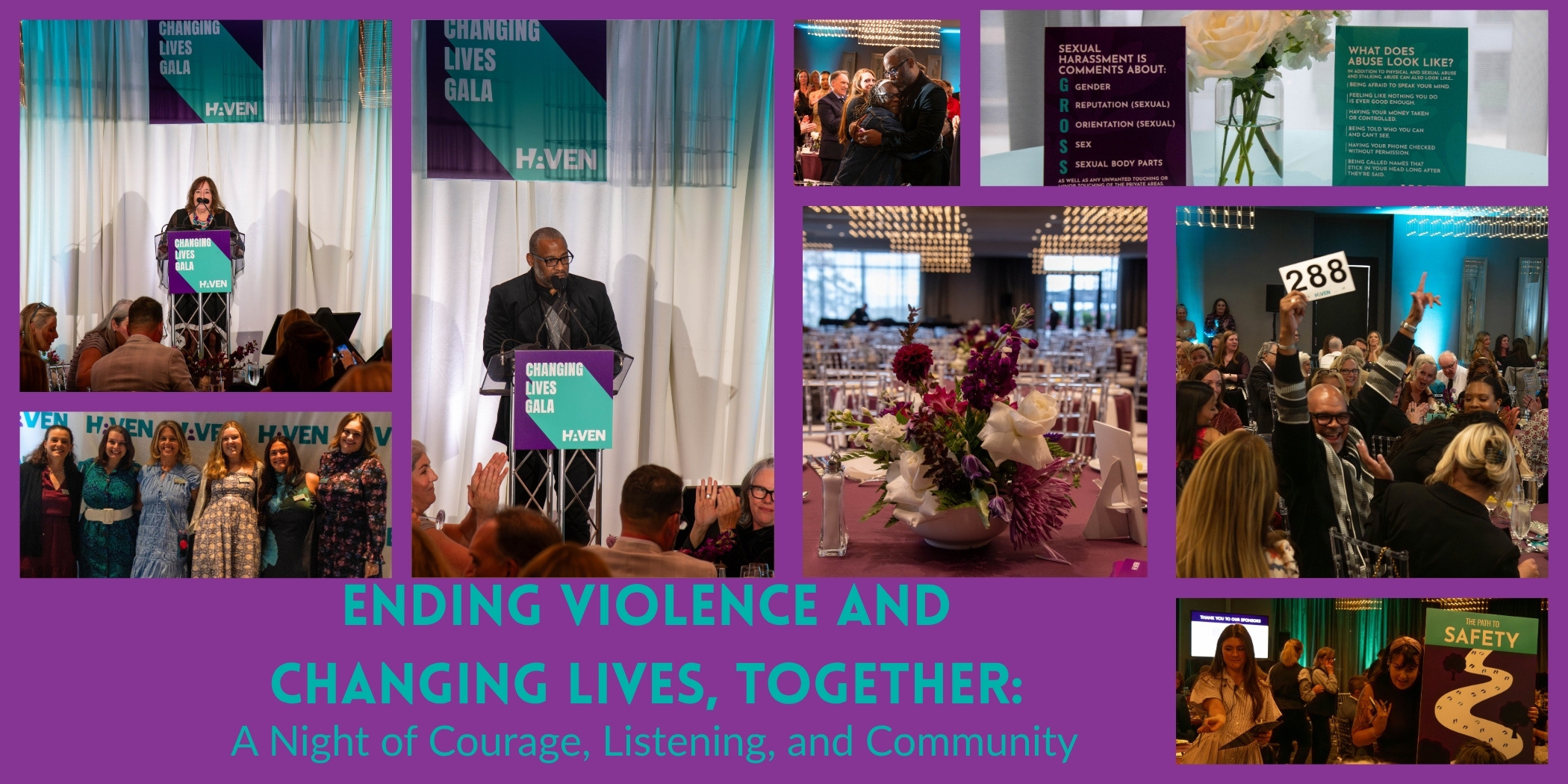
Framing Harm: How Media Shapes Our Understanding of Domestic and Sexual Violence
- Clare Giuliano
- October 06, 2025
- Awareness Matters / domestic violence / Sexual Assault
- 0 Comments
Overview: Domestic and Sexual Violence in the United States
In the United States, a shocking 12 million people experience domestic violence per year. 1 in 4 women and 1 in 7 men will experience intimate partner violence (IPV) at some point in their lifetime (Gavin et al. 2021). In continuum, over half of women and 1 in 3 men will experience sexual violence at some point in their lifetime (Centers for Disease Control and Prevention, 2024).
Research has found that the representation of domestic and sexual violence in media (television, news, movies, music, etc.) has increased exponentially in recent years. With the growing wave of media representation of these sensitive topics, it begs the question: is it spreading awareness and educating viewers, or is it creating harmful false narratives and allowing the sensationalism of domestic and sexual violence? In order to attempt to answer this question, we must examine media portrayals of domestic and sexual violence from a deeper perspective and explore the direct and indirect effects of these portrayals on audiences of all demographics.
Representation of Perpetrators and Victims in Media
A useful starting point for examining media portrayals of domestic and sexual violence is understanding how the media characterizes perpetrators and survivors. One of the most common depictions of an abuser used in fictional movies and television, tends to be the greasy, brutish, and unintelligent man who lashes out on his spouse, oftentimes under the influence of alcohol or drugs. While this stereotype is true for some, it is overused in Hollywood depictions of abuse. This portrayal of a perpetrator and their behavior allow us as viewers to easily identify this abuse. In reality, many abusers do not fit this narrative; many exemplify charisma, intelligence, and affectionate qualities, and are skilled in hiding their abusive qualities from those outside their relationships. Again, this isn’t true for all perpetrators, but the overused stereotype of sluggish and evil abusers can make it difficult for viewers to distinguish other examples of abuse, particularly in their own relationships or experiences. This stereotype also tends to have negative consequences on the perceptions of victims, because they are oftentimes depicted as weak for not leaving their abusive relationships. This fosters a sense of culpability for their abuse, which is extremely harmful and can lead to victim blaming (Chagnon and Chesney-Lind 2017).
Another aspect of abusive relationships in media portrayals is the blurred lines between passionate romantic gestures, and abusive behaviors. One example is the normalization of jealousy and manipulation within character relationships, and how abusers utilize control to dictate partnerships. It is common for viewers to romanticize these toxic behaviors and sympathize with abusers when they exemplify apologetic behaviors. This can be confusing for viewers and lead those affected by abuse to question whether their partners are acting out of love, or if their behavior is indeed unhealthy.
Conditioned Perceptions of Violence Through Media
Another common theme amongst media portrayals of domestic and sexual violence is the emphasis on aggression. Although physical violence is extremely common and traumatic for victims, it is important to remember that other mechanisms of abuse exist even if they’re not shown on television. Domestic violence can range anywhere from physical, to emotional, psychological, sexual, financial, or harassment and stalking. Physical abuse is exhibited on television and movies because it tends to be the most dramatic for viewership. It is very important that there continues to be extensive awareness for physical abuse because of how common it is, however, it is important for the public to be aware of all types of abuse. This lack of representation for all types of abuse can be harmful for survivors because it can undermine their experiences and create confusion surrounding their contact with abuse. Survivors of abuse can be unsure if their experiences are considered abuse which may prevent them from gaining helpful resources and assistance. Survivors consuming this material may think “if they’re not hitting me, does it count as abuse?” which can be extremely damaging for those experiencing other forms of abuse.
Racial Disparities in Domestic and Sexual Violence in the Media
Another very common theme among depictions of domestic and sexual violence in media, are the racial stereotypes that are portrayed. For years in movies and television, Black women have been devalued, exoticized, and hypersexualized through their character representations. This is an extremely harmful narrative and once again allows for victim-blaming and a sense of culpability to be used by viewers. According to research done on sexual abuse, a shocking 1 in 4 Black women will experience sexual assault before they reach 18 years old (Pella 2021). Media (television, shows, music, etc) has been adopted into our society as a form of sexual education, and these harmful stereotypes concerning racial minorities are very harmful to adolescents digesting this material.
It is essential that individuals watching movies and television concerning domestic and sexual abuse topics develop critical media literacy. Having critical media literacy refers to the ability to identify specific motivations within media (social, political, ethical, etc.) and how these are constructed. Having critical media literacy is extremely crucial when encountering media that contains racist stereotypes and content. This is especially sensitive when encountering topics surrounding domestic and sexual abuse content, because it can contain various biases and false narratives surrounding minorities.
From Harm to Healing: Media Must Do Better
In conclusion, it should be noted that depictions of domestic and sexual violence through the media (television, movies, news, music, etc.) are not always accurate or conducive to the true reality of this abuse. However, the continuity of representations of abuse in the media is crucial for spreading awareness to those directly and indirectly affected by abuse. Effective solutions for improving media representation of domestic and sexual abuse are to have more accurate representations of perpetrators and victims, to exhibit all types of abuse (physical/sexual, emotional/psychological, financial, stalking/harassment), and to eliminate racial stereotypes to provide accurate representation. If these changes are made, viewers can accurately learn about the dangers of abuse and remain aware of the warning signs in their own relationships or the relationships of others.
Sources
https://pmc.ncbi.nlm.nih.gov/articles/PMC8214916/
https://repository.usfca.edu/diss/593/
https://www.youtube.com/watch?v=gxdg36vBgYg
https://www.cdc.gov/sexual-violence/about/index.html#:~:text=Over%20half%20of%20women%20and,1
You Might Also Like

Mental Health Awareness Month

Together We Act, United We Change (SAAM)


